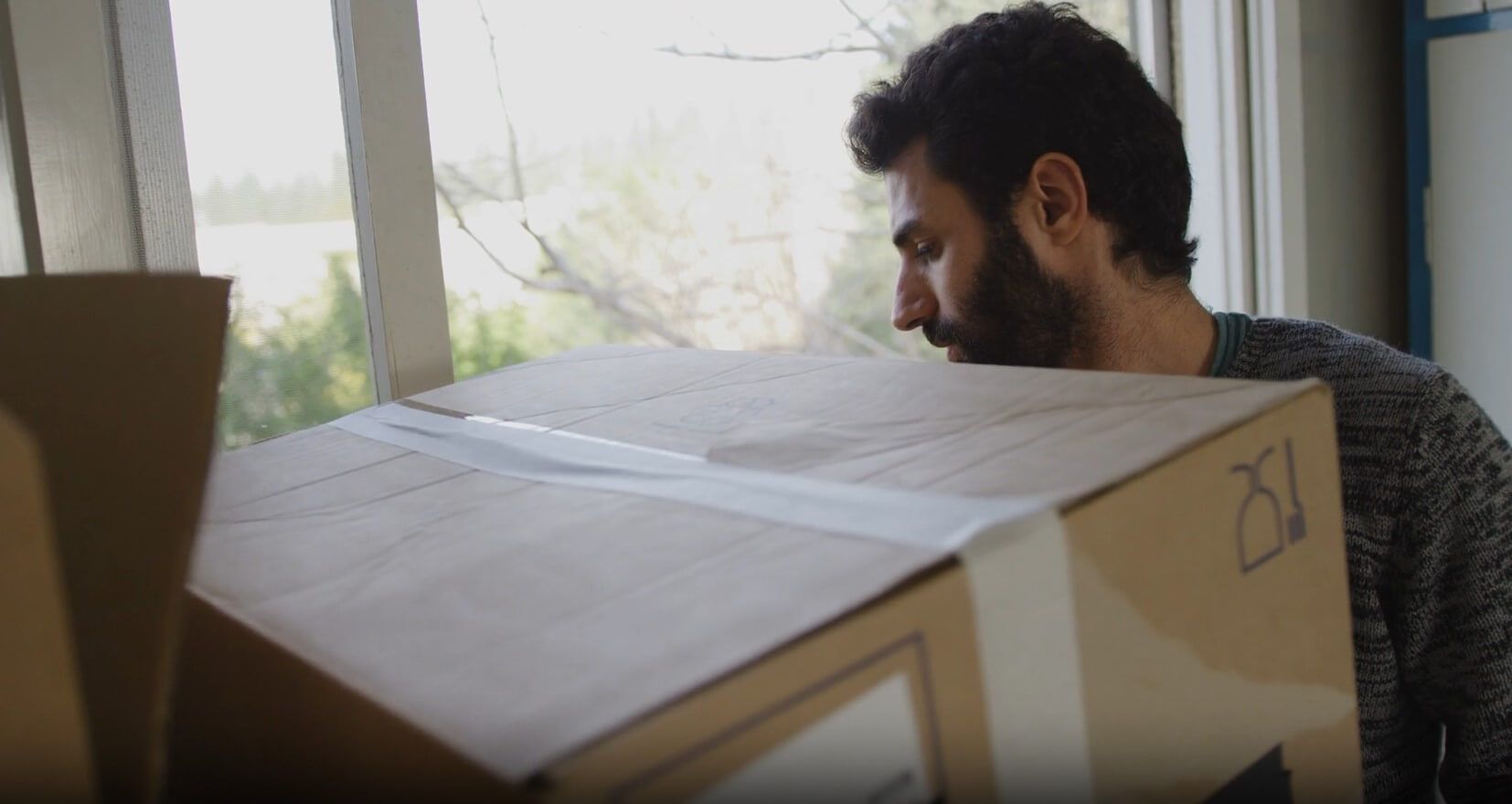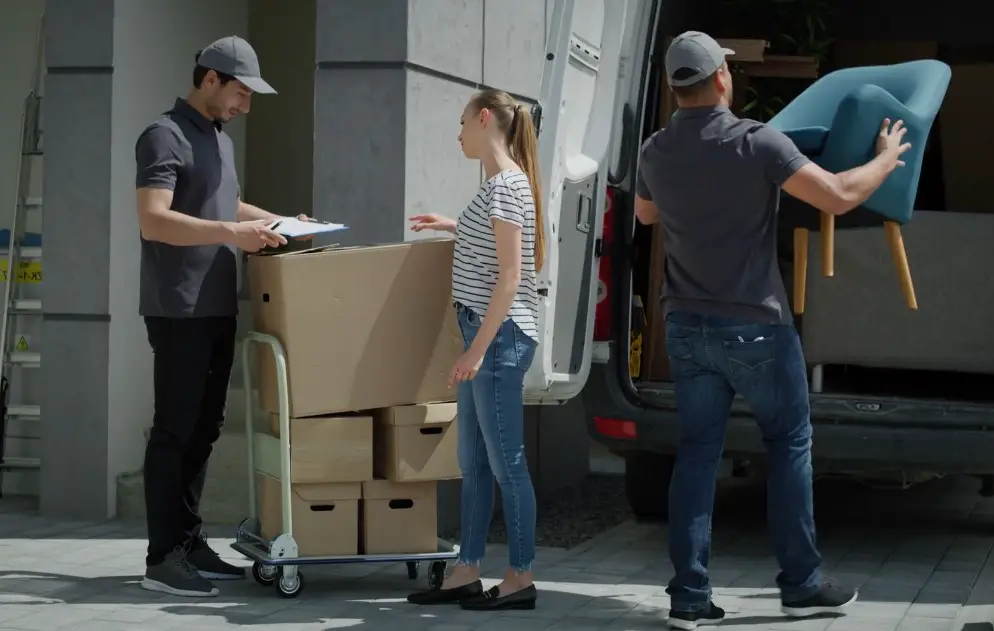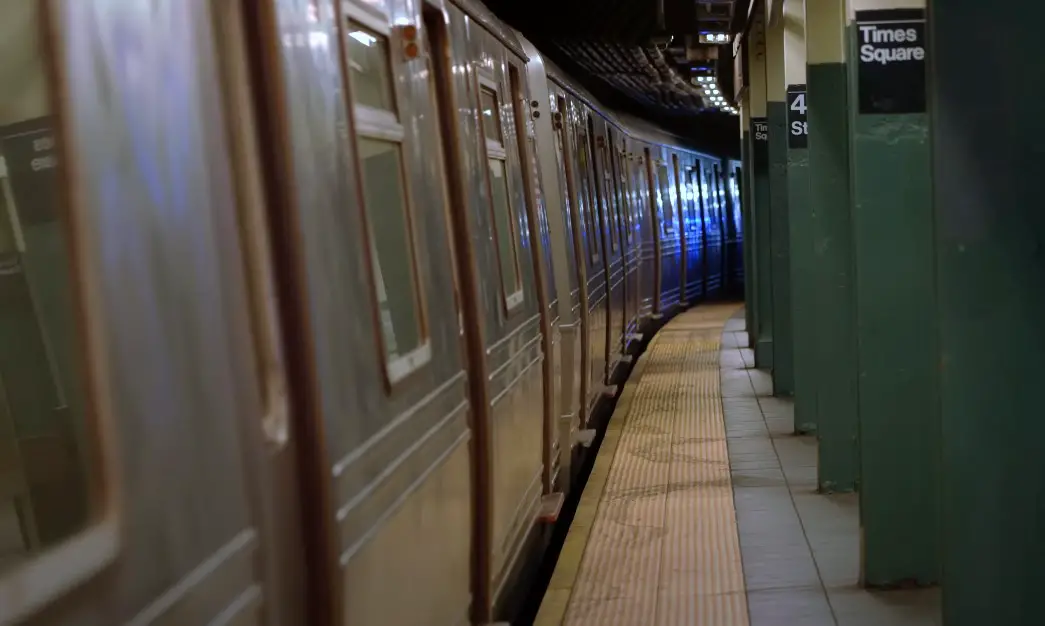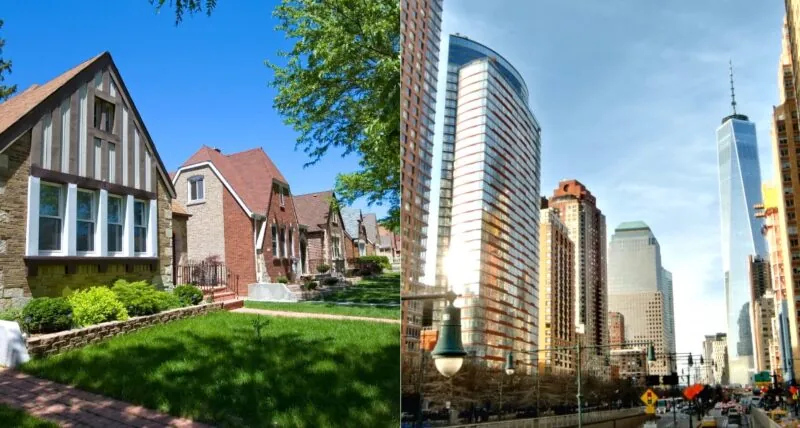Moving from the suburbs to New York City is not just about changing addresses—it’s a complete lifestyle shift. The space you’re used to? Gone. The ease of driving everywhere? Forget it.
The peace and quiet? Hope you like car horns and sirens at all hours. But it’s not all bad. In fact, once the dust settles, it’s one of the most exciting, fast-paced, and rewarding moves you can make. The tricky part? Getting through the actual move.
It’s overwhelming, expensive, and full of little details that can throw you off if you’re not prepared. But don’t worry—I’ve been there, and I’ve got all the practical tips to make the transition smoother.
Packing: Less Is More (And Necessary)

Coming from a house in the suburbs means you probably have a lot of stuff. Maybe you’ve got a garage filled with things you “might need someday.” In NYC, there’s no such thing as extra space.
How to Cut Down on Stuff Before the Move
- Declutter aggressively – If you haven’t touched it in the past year, it’s not coming.
- Sell, donate, or toss – Facebook Marketplace, OfferUp, or local donation centers can help lighten the load.
- Think about what fits – That oversized couch might have been perfect in your suburban home, but if it doesn’t fit through a fifth-floor walk-up, it’s useless.
- Invest in space-saving items – Under-bed storage, vacuum-seal bags, and collapsible furniture are lifesavers.
I quickly realized that a portable storage container was a lifesaver, letting me stash away seasonal items, extra furniture, and things I just wasn’t ready to part with yet, without cluttering up my already-cramped new home.
Finding an Apartment: Be Ready to Move FAST
Apartment hunting in NYC is a high-speed, competitive game. Listings pop up and disappear within hours, so you need to be prepared before you even start looking.
You’ll likely need the first month’s rent, a security deposit (usually one month), and a broker’s fee (another month’s rent). That’s three months’ rent upfront.
Do you need in-unit laundry, or can you deal with a laundromat? Do you want a doorman building, or is a walk-up okay?
Neighborhoods Matter (A Lot)
Some of these folks who moved willingly to NYC from rural/suburban places all of a sudden hate traffic and busy streets. Thus wanting to make it like the places they willingly left. Hilarious.
— EnforceNYC (@enforcelawsNYC) December 5, 2024
Each area in NYC has a different personality, price range, and commute time.
- Want a lively scene? East Village, Williamsburg, and Lower East Side have tons of bars, restaurants, and nightlife.
- Need something quieter? Upper West Side, Queens (like Astoria or Forest Hills), and parts of Brooklyn (like Park Slope) offer a more residential feel.
- On a budget? Look beyond Manhattan. Queens, the Bronx, and parts of Brooklyn give you more space for your money.
No matter where you end up, check if the commute works for you. A cheap apartment that requires two trains and a bus to get to work will get old fast.
The Actual Move: It’s Complicated

Moving in the suburbs is easy—park in the driveway, unload, done. Moving in NYC? A logistical nightmare if you don’t plan ahead.
Moving Day Survival Tips
- Hire movers who know the city – They’ll understand building rules, narrow hallways, and street parking restrictions.
- Reserve your building’s elevator (if it has one) – Many apartments require scheduling an elevator in advance for move-ins.
- Check for move-in fees – Some buildings charge a non-refundable move-in fee, separate from your deposit.
- Be mindful of street parking rules – If you’re renting a moving truck, know where you can legally park without racking up tickets.
Also, expect to be exhausted. NYC moves are an all-day event. Have snacks, water, and a backup plan if things go wrong (because they usually do).
Grocery Shopping: A Whole New Experience
You’re leaving behind giant suburban supermarkets with massive parking lots. In NYC, groceries mean:
- Smaller stores with limited stock – If you’re used to buying in bulk, say goodbye to that.
- Carrying everything home – No car means you’re lugging bags on foot, or paying for delivery.
- Trader Joe’s = Long lines – It’s affordable, but expect a wait.
Best Grocery Shopping Hacks
- Get a rolling cart – Saves your arms and back.
- Use grocery delivery apps – Amazon Fresh, Instacart, or FreshDirect are great for bulkier items.
- Plan ahead – Unlike the suburbs, where you can just hop in a car anytime, a trip to the store takes effort here.
Getting Around: Ditch the Car, Learn the Subway

Driving in NYC is pointless unless you enjoy spending hours looking for parking. The subway, buses, biking, and walking are your best options.
Subway Basics
- Get an OMNY payment setup – No need for a MetroCard, just tap your phone.
- Know express vs. local trains – Some trains skip stops, which can be great—or frustrating if you miss yours.
- Always check delays – Subway problems are common. The MTA app is a must.
Other Transportation Options
- CitiBike – Great for short trips. Monthly memberships are affordable.
- Buses – Slower than the subway but useful for certain routes.
- Walking – You’ll be surprised how much ground you can cover on foot.
Cost of Living
I always knew New York was expensive, but nothing could have prepared me for the reality of watching my bank account drain at an alarming rate.
The first month felt like financial whiplash, rent, groceries, transportation, and basic living expenses piled up faster than I could process.
My first grocery bill? $120 for what felt like a handful of items. A casual dinner and drinks for two? Easily $100 to $150, even at a mid-range spot. Romantic dinner in Brooklyn? Even more.
It didn’t take long to realize that every single purchase here comes with a hefty price tag.
Some Brutal Truths About NYC Expenses
- Rent will eat 40-60% of your income. Even if you find a “deal,” you’re still paying $2,500+ for a studio in Manhattan or $3,500+ for a one-bedroom. Outer boroughs like Brooklyn and Queens can be cheaper, but not by much.
- Groceries aren’t the budget-friendly alternative you expect. A dozen eggs? $6 to $8. A single avocado? $3.50 to $4.50. A loaf of good bread? $7 to $10. If you’re used to suburban grocery store prices, prepare for sticker shock.
- Going out is a financial risk. Cocktails? $18 to $25 per drink. Beer? $10 to $14. A quick brunch? Easily $40 per person after tax and tip. You learn fast that happy hour is your best friend, and that unlimited mimosa brunch deals are both a blessing and a scam (they get you with the food prices).
- There’s always an extra fee. It’s not just the high prices; it’s the relentless hidden costs that drain you.
- ATM fees? $3 to $5 every time.
- Bag fee at the grocery store? 5 to 10 cents per bag.
- Delivery fees? $5 minimum, plus tip.
- Public transportation? $2.90 per ride adds up fast.
- Laundry? If you don’t have in-unit machines (and most don’t), expect to spend $20-$30 per week on wash-and-fold services.
Dealing with Noise, Crowds, and Space Limitations

NYC is loud. There’s no way around it. Garbage trucks, honking taxis, construction at 6 AM—it’s all part of the deal.
How to Cope with City Life Adjustments
- Get noise-canceling headphones – A game-changer.
- Find quiet spots – Parks, libraries, and coffee shops offer occasional escapes.
- Learn to love earplugs – Essential for light sleepers.
Final Thoughts: When NYC Feels Like Home
At first, everything is overwhelming. Grocery shopping takes longer, the subway seems confusing, and you might feel like you’re living on top of your neighbors. But one day, you’ll notice that you instinctively avoid slow walkers, know where to grab the best bagel nearby, and feel completely at home in the chaos.
And that’s when you know—you’re a real New Yorker now.



